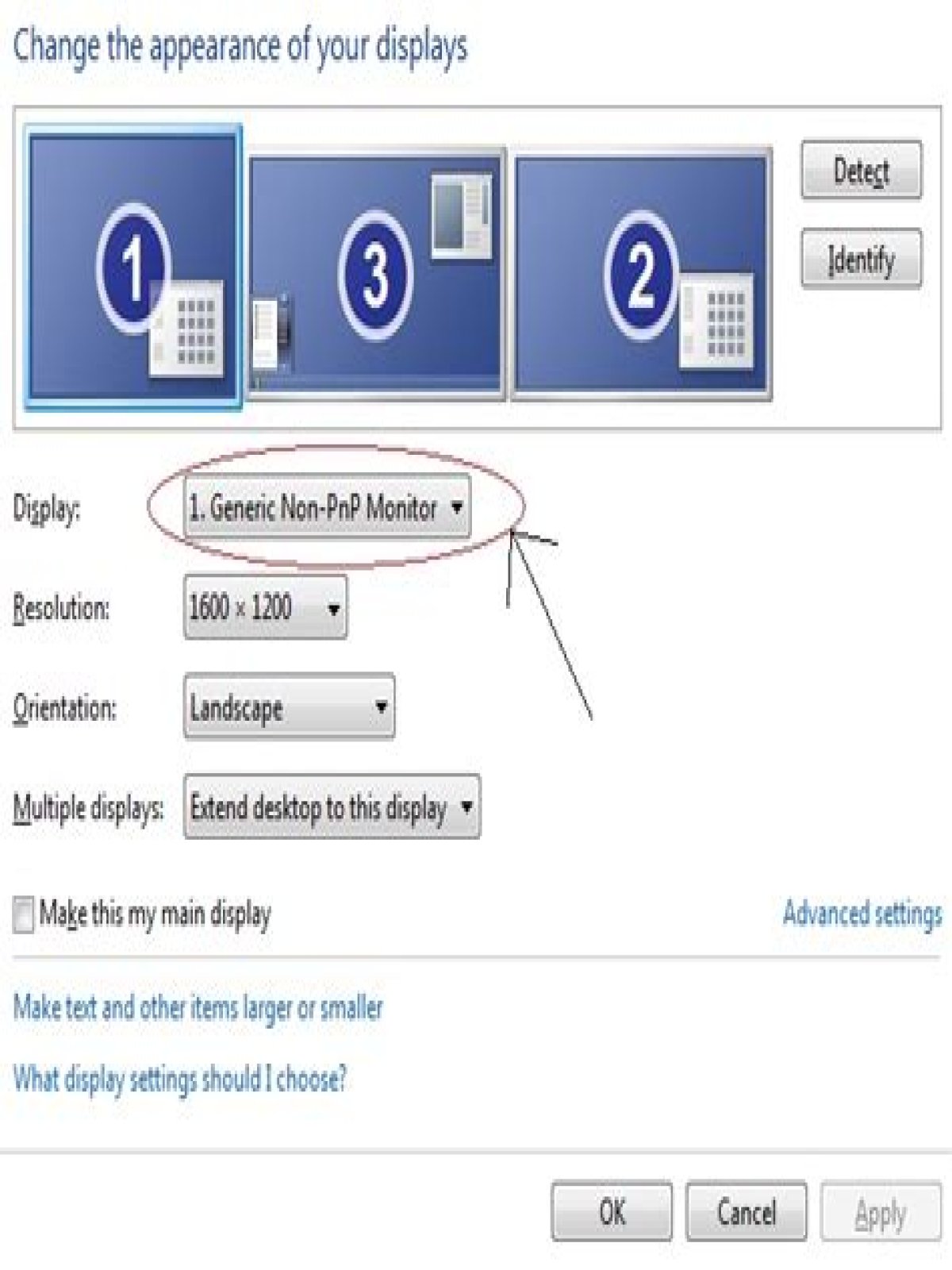Open the Generic monitor and click on Driver, Update Driver. Choose “Browse my computer for driver software” , the choose “Let me pick from a list . . .” Uncheck “Show compatible hardware” and scroll down to Dell Computer Corp. Look in the right-hand column for your monitor, and hopefully it’s listed.
What is a non-PnP monitor?
Generic Non-PnP Monitor means that your Monitor Driver was not installed properly, it should have replaced the device name.
Is generic PnP monitor good for gaming?
Yes, cheap monitors can definitely effect gaming, especially in high speed/accuracy/reaction games like LoL. “generic non-pnp monitor” is just what Windows says when it doesn’t have specific drivers for it or knows the model number. Adapters can also negatively affect visual quality.
What happens if I disable generic PnP monitor?
1. Uninstall Generic PnP Monitor Driver. You can start with uninstalling PNP driver because sometimes rolling back solves monitor issue. Once you uninstall generic PNP monitors, your PC will automatically search and install the required driver.
How do I force 4K resolution on a 1080p monitor?
HERE’S HOW: Just right click on the desktop and select NVIDIA Control Panel. Go to the 3D Settings and click Manage 3D Settings. Scroll down to DSR Factors and set the setting to 4.00x if you want to display 4K footage on a 1080 px display.
How do I force Screen Resolution on Windows 10?
On the desktop, right click >> Graphics options >> Globe notifications >> Optimal resolution notifications >> Activate, once processed, go to the Windows settings to define the resolution you want.
What is the difference between a generic PnP monitor and a generic non PnP monitor?
PnP means plug and play. When you plug a PnP hardware, it starts working without having to install any driver. When you see a generic PnP monitor on the device manager, it means the Windows was unable to recognize the device. When this happens, Windows installs a generic monitor driver for it.
Is monitor driver necessary?
Plug and play monitors usually do not need a separate monitor driver. However, if a monitor driver or . INF file is available, installing it adds support for display resolutions, refresh rates, or color quality. Your computer manufacturer or monitor manufacturer might recommend installing a monitor driver or INF file.
What does disabling PnP monitor do?
What does disabling PnP monitor do? Removing a piece of hardware from the device manager only removes the drivers, when you reboot the laptop, windows will still see the hardware and install drivers for it. You can’t actually uninstall the Generic PnP Monitor driver – it’s built-in to Windows.
What happens if you uninstall monitor drivers?
If I uninstall my graphics driver will I lose my monitor display? No, your display will not stop working. The Microsoft Operating system will revert to a standard VGA driver or the same default driver that used during the original installation of the operating system.
Can I uninstall generic PNP monitor?
Some people may see there is only a generic PnP monitor with no exclamation, but someone reported that they see generic PnP monitor with a yellow triangle or a generic non-PnP monitor will a yellow exclamation. So if there is driver error with Generic Monitor, you can uninstall it.
Why is generic PNP monitor in Device Manager in Windows 10?
If you have a PnP external device connected to your computer, it will start working without the need for any driver. Sometimes, you may see a driver displayed as Generic PnP Monitor in the Device Manager. This indicates that your Windows cannot recognize the monitor.
How to fix non-PnP monitor not working?
You can right-click the generic non-pnp monitor > update driver to update it. Or if this cannot help, you can try to right-click the generic non-pnp monitor > uninstall device to uninstall it at first, and then go to the monitor official site to download its driver and install it manually.
How do I Find my PNP monitor on Windows 10?
Usually, people would find out the monitor in display settings > Advanced settings > Monitor > Properties. But unfortunately, when the monitor driver is missing or it is install failed on Windows 10, your monitor will shows as Generic PnP Monitor, and in device manager you will see the generic pnp/non-pnp monitor with a yellow exclamation.
